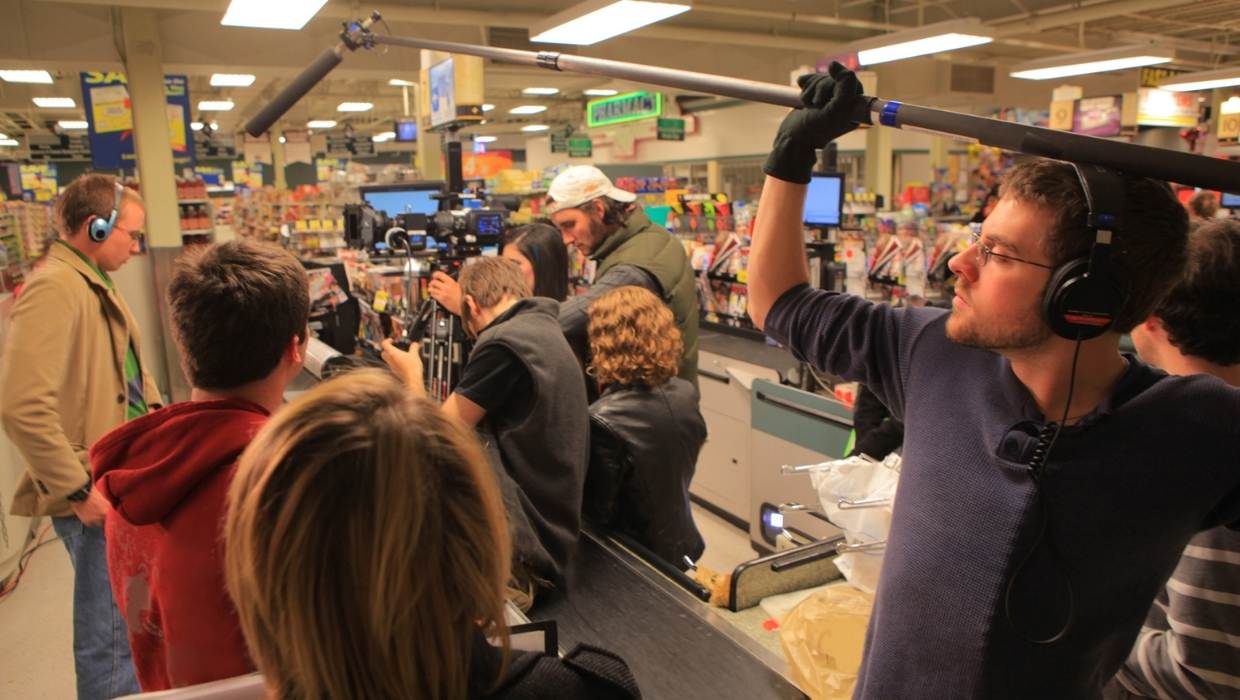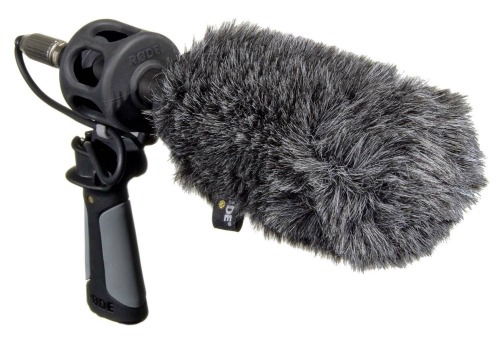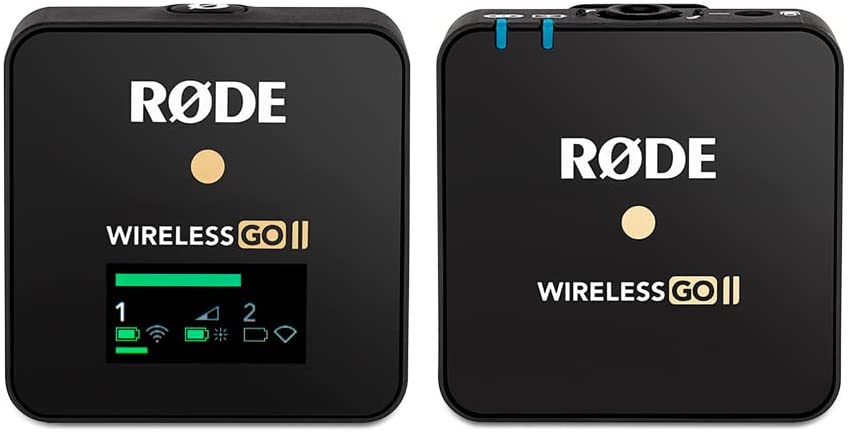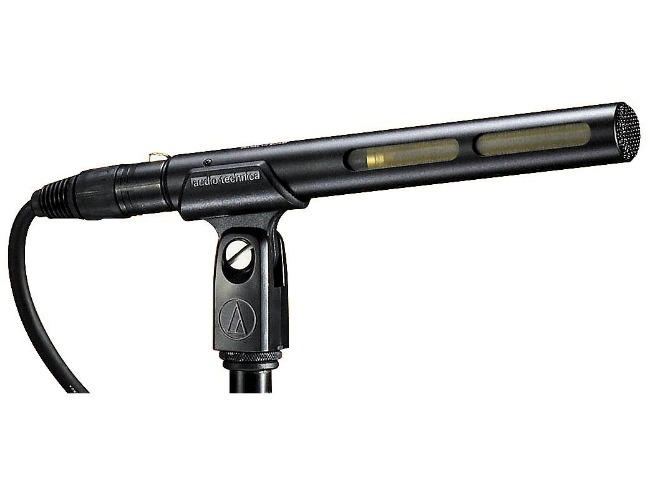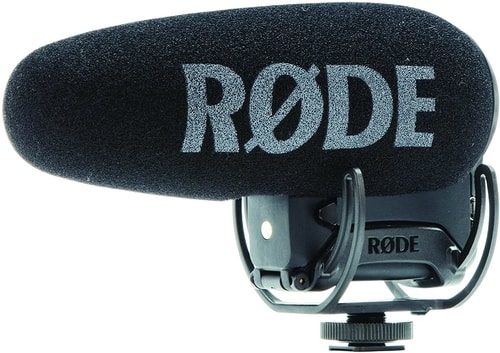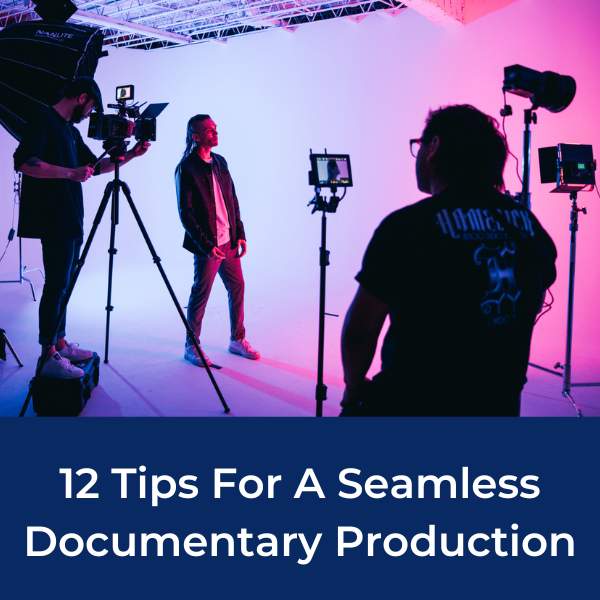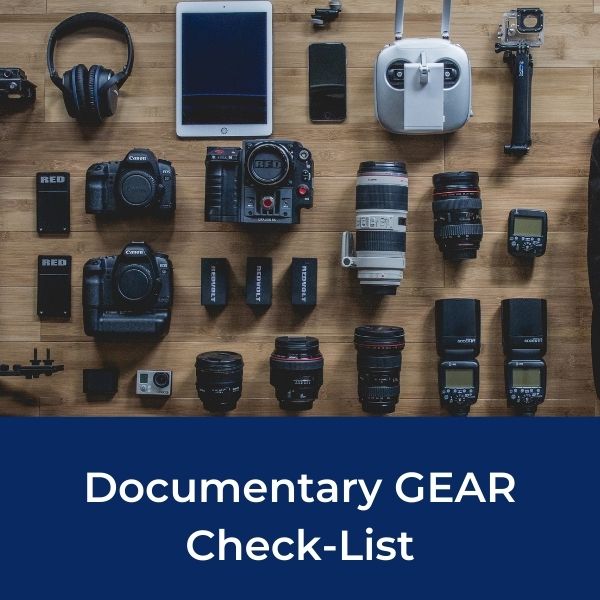Basics of Making a Documentary: Production 101
17 Point Check-list For Making A Documentary
Learn the basics of making a documentary.
Many first time documentary filmmakers make the mistake believing that making a documentary is only about the creative process.
That's certainly a big part of it.
Assuming you are both the producer AND the director, the actual “making of the documentary” is only about 50% of the process. The other half of the process involves things like fundraising, buying/renting video gear, writing proposals, distribution, website development, film festivals, public relations, etc.
Of course, if you are only making a small film for yourself, then sure, you can enjoy a pure creative process. But if you have hopes of having your film widely seen and sold, then there are numerous factors you will need to consider.
Disclosure: Desktop Documentaries is supported by readers like you. Thank you! Some product links on Desktop Documentaries may be referral links. If you click on a link and buy something, we may earn a small commission which allows us to continue working hard and providing you with free content. Need more info? See how it all works here.
17 Point Check-List For Making A Documentary
Here is a handy 17-point checklist that will guide you through the primary stages of documentary production, from initial development to distribution and recognition.

Documentary Idea Development
Every documentary starts with an idea. It could be a societal issue, a historical event, or an interesting personality. This phase involves researching the topic, figuring out what you want to say, and how you want to say it. Identify your audience and consider what they would find compelling.
4 Steps To Developing A Winning Documentary Idea

Setting Up An LLC or S-Corp
Establishing a limited liability company (LLC) or an S-Corporation for your production company AND your documentary project provides a legal entity that can enter into contracts, provide liability protection, and receive funds.

Protect Your Rights
This phase involves obtaining all the necessary legal documents, such as releases from participants, insurance for the production, and copyright registrations to protect your work. Be sure to consult with a legal expert in entertainment law to ensure you have covered all bases.

Create A Documentary Proposal or Pitch Deck
This is a document that outlines your documentary project and why it matters. It's vital for securing funding and generating interest in your project. A proposal typically includes your documentary’s objective, synopsis, approach, target audience, and projected budget.

Make A Budget
A budget will help you understand how much it will cost to bring your documentary to life. This includes expenses for equipment, crew salaries, travel, post-production, and distribution. Consider using a Documentary Budget Template for this step.

Create A Fundraising Trailer
A well-produced trailer can help convince potential investors, donors, and grant committees of the merit of your project. It should be compelling, succinct, and showcase the unique aspects of your documentary.

Raise Money For Your Project
Funding can come from many sources, including grants, crowdfunding campaigns, private donors, and special events. Be prepared to invest time in this phase – fundraising is often the most challenging part of the process.
How We Raised $40,000+ in 35 Days With Crowdfunding
Funding Ideas: 10 Sure-Fire Ways To Raise Money For Your Documentary

Production
This is the stage where you're actively filming your documentary. It includes hiring your crew, character development, conducting interviews, and capturing all necessary shots.
What Is A Character-Driven Story?
What Makes A GOOD Documentary: 7 Key Elements Of An Award-Winning Documentary

Footage Transcription
Transcribing all spoken content in your footage ensures accuracy during the editing process. It's a significant tool for organizing your material and creating your documentary's narrative structure.
Transcription tools include: Blanc, Descript and Rev or check inside your video editing software program (Resolve, Premiere, etc).

Scriptwriting
Regardless of whether your documentary will have narration, a script is essential. It outlines what viewers will see and hear, and it serves as a roadmap during the editing process.

Post Production
In post-production, you'll assemble the final version of your documentary. This involves editing the footage, integrating music, creating graphics, color correction, possible animation, adding narration, and more.

Test Audience Screenings
Showing your film to a test audience before finalizing it can provide invaluable feedback. Take their responses into account and make necessary revisions.

Publicity Materials/Press Pack
Create promotional materials, including a press release, production stills, a director's statement, and a synopsis of your documentary. These will be useful when submitting your film to festivals, potential distributors, and media outlets.

Film Festivals
Submit your documentary to film festivals that cater to your topic or style. Not only do they provide a platform for showcasing your work, but they also create networking opportunities.

Distribution Deliverables
Prepare the required deliverables for distribution. This typically includes the master film, cue sheet, trailer, errors and omissions insurance, and promotional materials.

Distribution
Here's where your documentary finds its audience. Distribution could be via video on demand (VOD), theatrical release, DVD, educational screenings, broadcast television, or streaming platforms like Netflix. Research each platform's requirements and terms.
Who Buys Documentaries? 13 Real World Options For Selling Your Film

Win Awards, Take the Weekend Off, Start Again!
After the hard work of creating and distributing your documentary, celebrate any recognition your film receives, whether it's awards or positive reviews. Take some time to recharge, and then start the process again for your next documentary project.
Ready to go deeper? Learn all the nitty-gritty details of how to make a documentary with our exclusive 7-Day Documentary Crash Course.
Popular Filmmaking Gear
Other Articles You May Enjoy
- How To Survive The Making Of A Documentary
- One Person Crew: How Do I Film My First Documentary By Myself?
- Making A Documentary: What Camera Should I Buy?
Ready To Make Your Dream Documentary?
Sign up for our exclusive 7-day crash course and learn step-by-step how to make a documentary from idea to completed movie!
